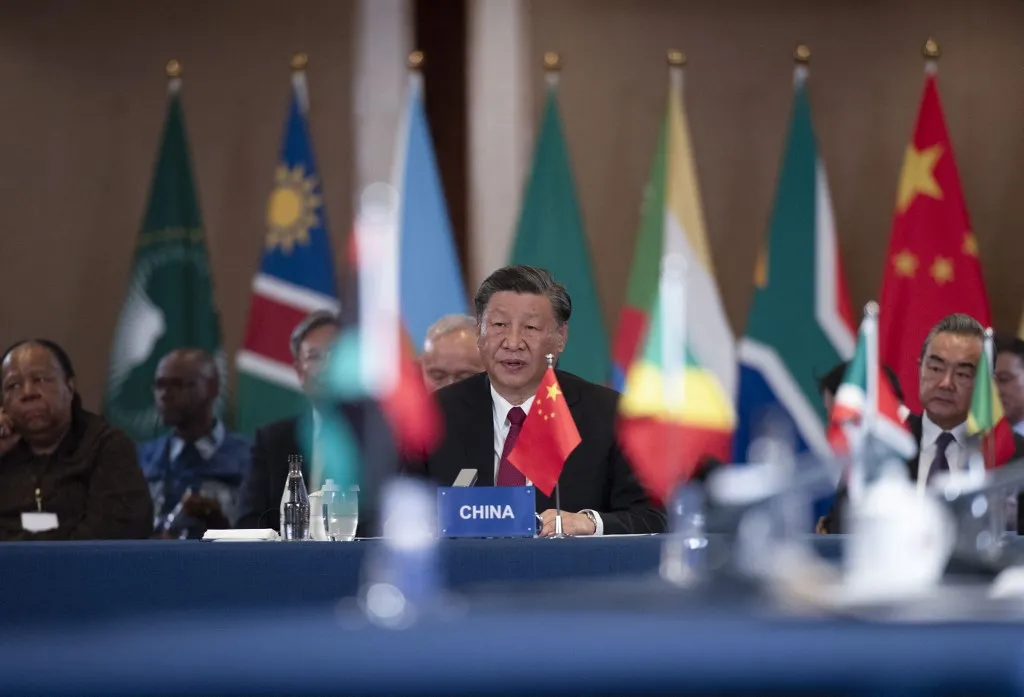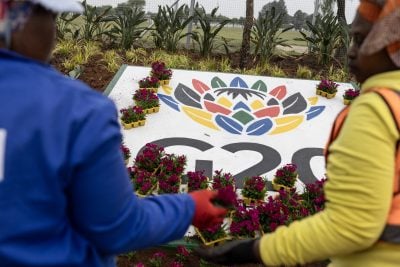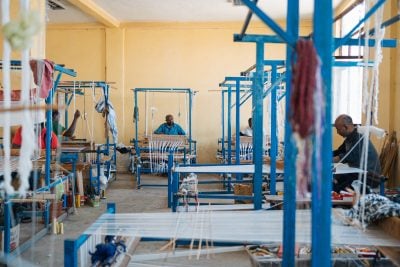The number and value of Chinese loans to Africa has decreased significantly compared to pre-pandemic levels, but Beijing is placing a greater emphasis on investments in West Africa than has previously been the case, according to data compiled by Boston University’s Global Development Policy Centre.
Across 2021 and 2022, China signed off on 16 loans worth a combined total of $2.22bn to African countries. The study calculated that the average value of Chinese loans was $135.15m between 2020 and 2022, a drop of 37% compared to the $213.03m registered between 2019 and 2020. In the same period, the number of loans dropped significantly, from 184 to 32.
However, at the same time as China has been lending less to Africa as a whole, Chinese loans to West Africa have assumed a greater share. While Chinese investment has traditionally been concentrated in Southern and East Africa, West African countries have been the biggest beneficiaries of Chinese loans in the post-pandemic period.
The data shows that $1.92bn worth of loans across 2021 and 2022 – 86% – went into projects in West Africa, with Senegal, Benin, and the Ivory Coast borrowing the largest amounts.
Belt and Road goes west
The Boston University report suggests one possible reason is that the regional scope of China’s flagship foreign policy programme, the Belt and Road Initiative (BRI), has now been expanded to include West Africa.
When the BRI was launched in 2013, China was focused on developing political and economic partnerships in East Africa and the Horn of Africa, with the primary ambition being to create a new maritime trade route through the Indian Ocean and Suez Canal. This involved multi-billion dollar loans for projects in the region such as the Ethiopia-Djibouti Standard Gauge Railway (SGR) in 2013 and a similar railway project in Kenya the following year. The study notes that BRI lending has tended to be driven by “large-scale loans in Angola, Zambia, South Africa, Ethiopia, and Kenya”.
However, the numbers suggest that China is now taking a broader interest in Africa beyond traditional BRI heartlands – with Senegal, the largest beneficiary of Chinese loans, becoming a particularly important ally for Beijing in West Africa. The Boston University report says that “recently, China has showed significant interest toward Senegal, which could be attributed to its diplomatic clout and financing demands for its development.”
There also seems to be a growing political alignment between Senegal and China. Last year, President Xi Jinping met with the President of Senegal, Macky Sall, in Bali. The Chinese Foreign Affairs Ministry later said that “China and Senegal hold highly aligned positions on major issues such as safeguarding world peace and promoting common development.” A similar message was reiterated when the two leaders met again at the BRICS summit in Johannesburg in August.
Senegal, whose second-largest trading partner after France is now China, has also struck a pro-Beijing line in regional organisations such as the Forum on China-Africa Cooperation (FOCAC). Senegal’s influential position in groupings like the Economic Community of West African States (ECOWAS) could be incentivising further Chinese investment into Dakar as Beijing seeks to make further political and economic inroads in West Africa more broadly.
Want to continue reading? Subscribe today.
You've read all your free articles for this month! Subscribe now to enjoy full access to our content.
Digital Monthly
£8.00 / month
Receive full unlimited access to our articles, opinions, podcasts and more.
Digital Yearly
£70.00 / year
Our best value offer - save £26 and gain access to all of our digital content for an entire year!

 Sign in with Google
Sign in with Google 



